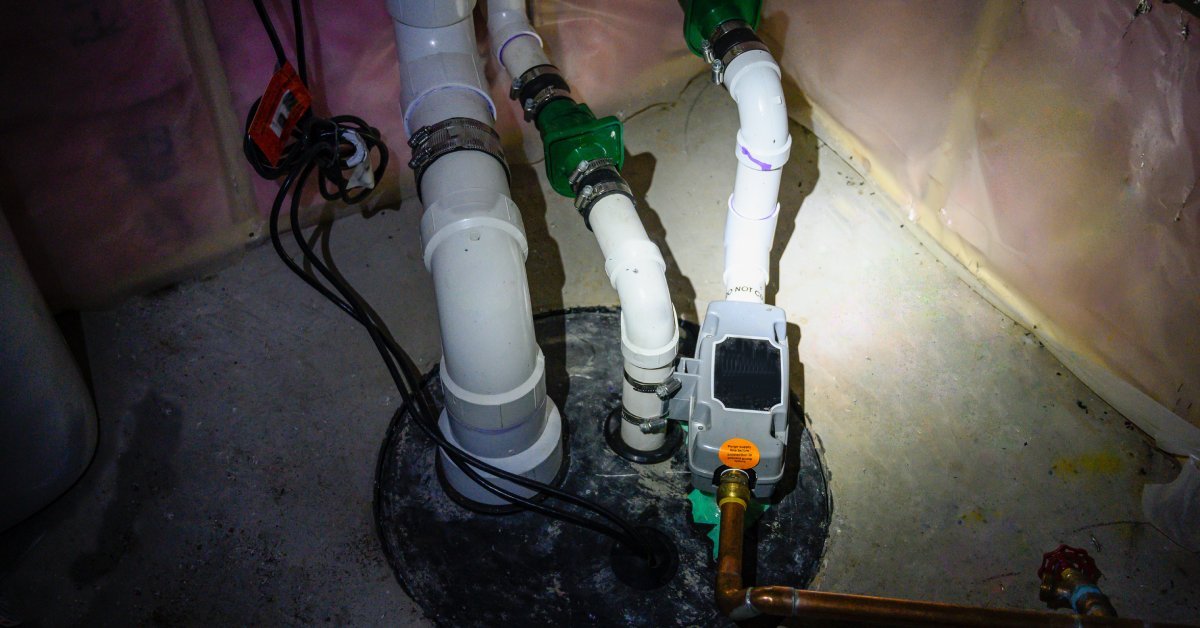How Sump Pumps Help With Radon Mitigation

Radon gas poses a serious threat to your family’s health. This invisible, odorless killer causes thousands of lung cancer deaths annually, making it the second leading cause of lung cancer after smoking. While most homeowners focus on traditional radon mitigation systems, they often overlook a critical ally in their basement: the sump pump. Understanding how sump pumps help with radon mitigation can transform your approach to home safety.
What Makes Radon So Dangerous?
Radon forms naturally when uranium in soil and rock breaks down. This radioactive gas seeps through foundation cracks, gaps around pipes, and porous concrete. Your basement becomes a collection point where radon accumulates to dangerous levels. The Environmental Protection Agency warns that prolonged exposure significantly increases lung cancer risk, especially for nonsmokers.
How Radon Invades Your Home
Foundation vulnerabilities create pathways for radon entry. Soil pressure pushes this deadly gas through the smallest openings in your basement walls and floor. Sump pits represent particularly vulnerable entry points. Without proper sealing, these openings act like chimneys, drawing radon directly into your living space.
Sealing the Sump Pit Stops Radon Entry
Professional radon mitigation requires sealing every potential entry point. Your sump pit demands special attention because it connects directly to the soil beneath your foundation.
Installing an airtight sump pump lid prevents radon from using this pathway. Quality lids feature gasket seals that block gas infiltration while allowing your pump to function normally.
Moisture Control Reduces Soil Pressure
Sump pumps excel at controlling groundwater around your foundation. Excess moisture increases hydrostatic pressure, which forces soil gases upward through foundation materials. Your sump pump reduces this pressure by removing water before it builds up. Lower soil pressure means less driving force pushing radon into your basement.
Supporting Integrated Drainage Systems
Modern drainage systems work hand in hand with radon mitigation. Drain tiles around your foundation collect both water and soil gases. When properly integrated with mitigation piping, these systems redirect radon-laden air away from your home. Your sump pump ensures the drainage system functions effectively, maintaining the pressure differentials that keep radon outside.
Maintenance Protects Your Investment
Maintaining your sump pump plays a crucial role in preserving both water protection and radon control. If the pump fails, water can build up around your foundation, increasing soil pressure and making it easier for radon to seep into your home.
Regular upkeep helps your entire system function as intended. Schedule annual inspections to ensure everything runs efficiently and safely.
When You Need Both Systems
High radon levels combined with basement moisture problems require comprehensive solutions. Professional radon testing reveals whether your home exceeds safe levels. Persistent dampness, musty odors, or visible moisture indicate drainage issues that compromise mitigation effectiveness.
Sump pumps help with radon mitigation when you address both water and gas intrusion together.
Take Action for Your Family’s Safety
Sump pumps represent more than basement flood protection. They serve as essential partners in radon mitigation, controlling the soil conditions that drive dangerous gas infiltration. Test your home for radon, inspect your sump pump system, and consider integrated solutions that address both water and gas concerns.
- How Sump Pumps Help With Radon Mitigation - September 24, 2025
- Everyday Industries That Rely on Rigging Gear - September 21, 2025
- 3 Ways You Can Improve Your Subaru’s Handling - September 20, 2025



